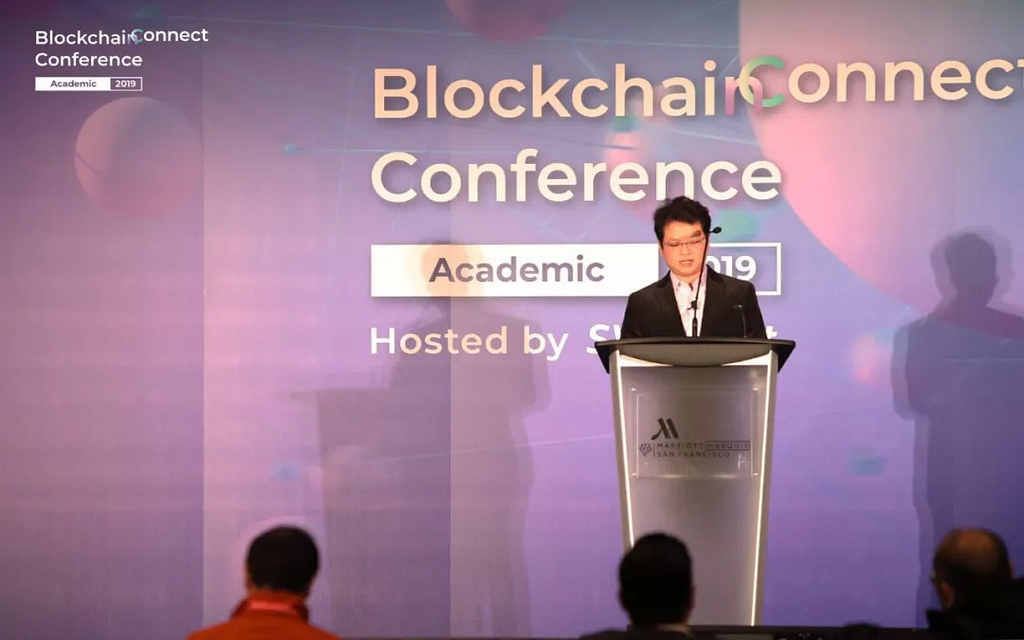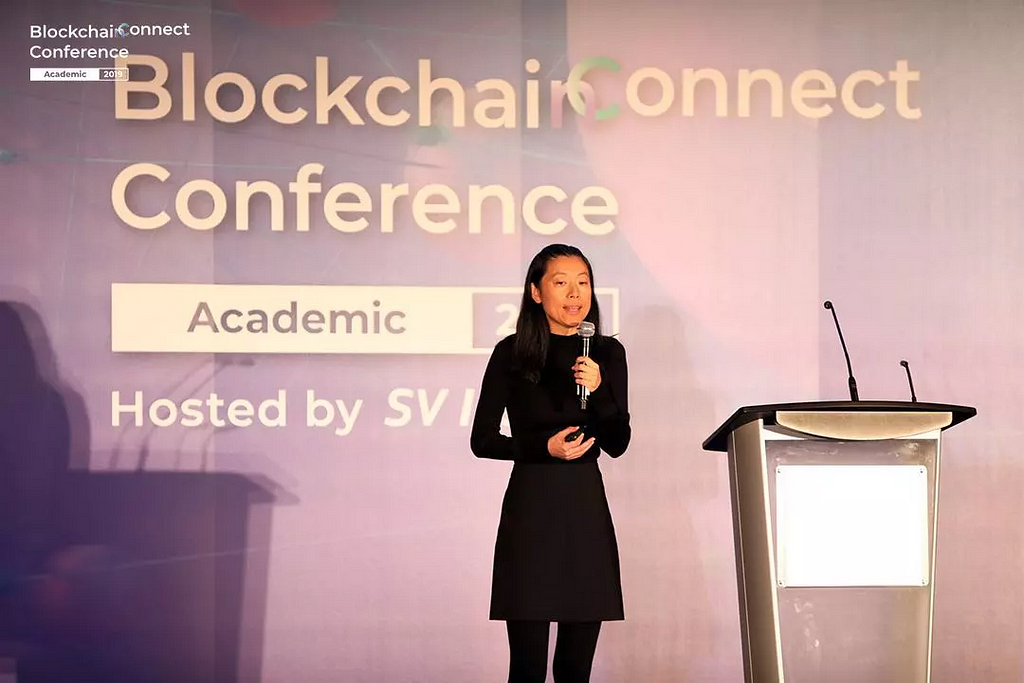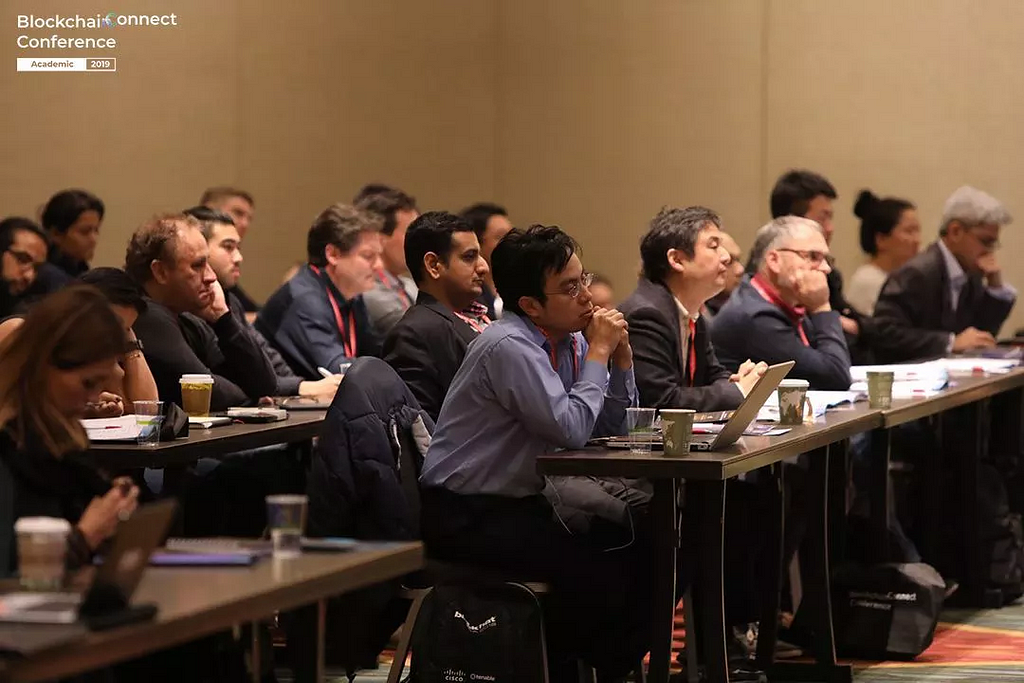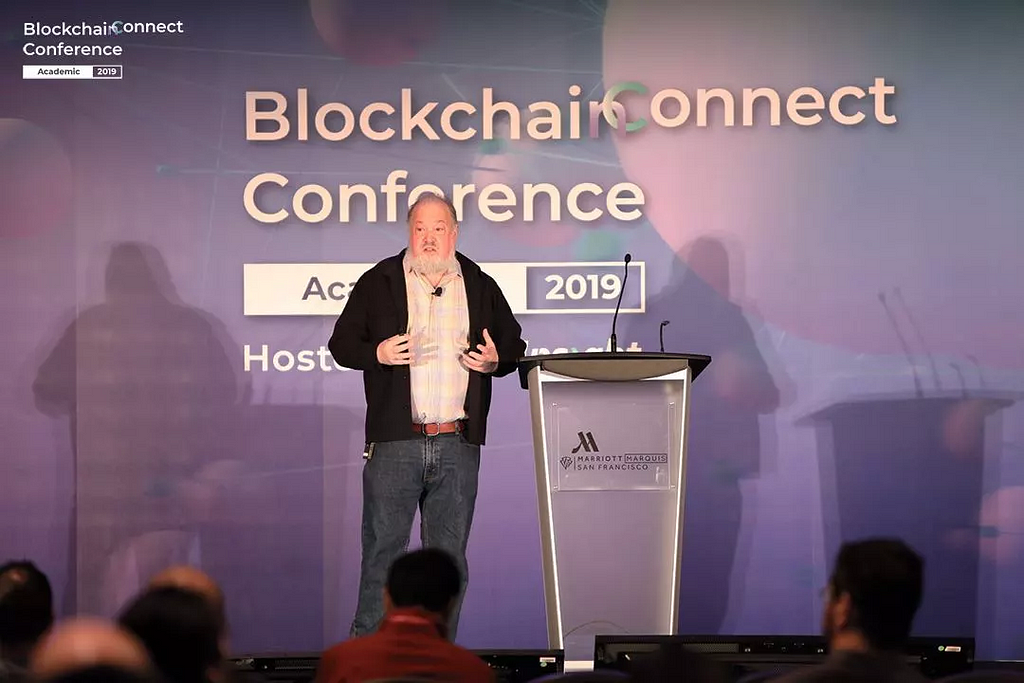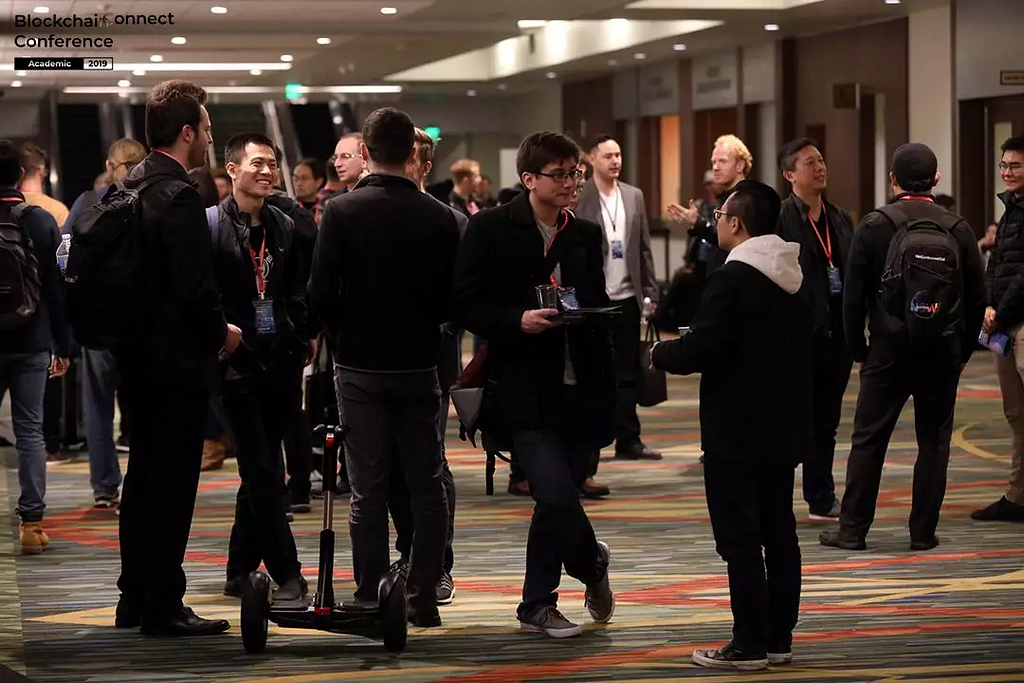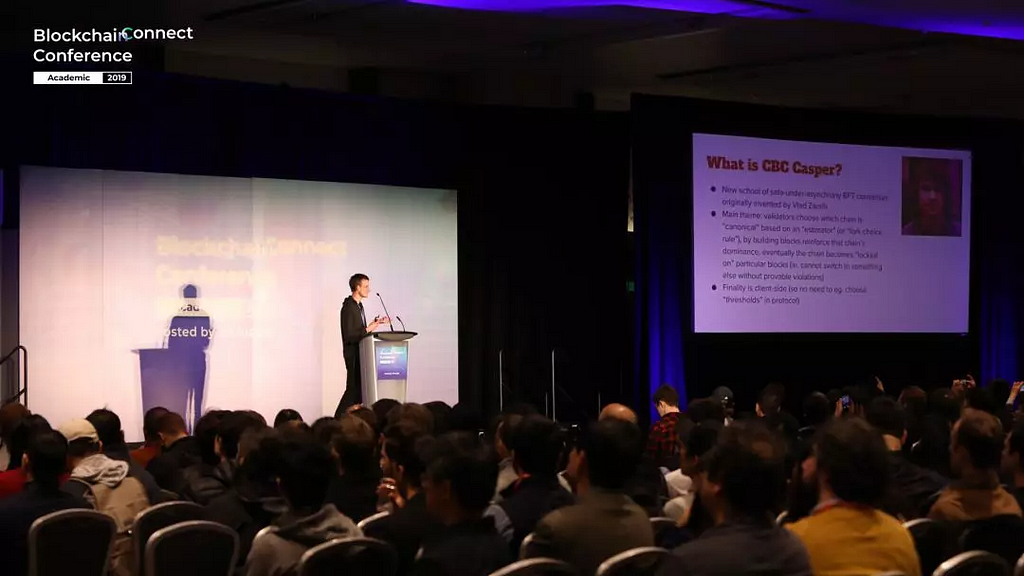Latest news about Bitcoin and all cryptocurrencies. Your daily crypto news habit.
What did the blockchain experts like Vitalik Buterin and David Chaum say at the event?
The third Blockchain Connect Conference was held on January 11 in San Francisco.
Ethereum founder Vitalik Buterin, “the father of online anonymity” David Chaum, “the godmother of Internet security” Dawn Song, and many other top academics, as well as executives from Intel, Oracle, VMware, Tencent, and Deloitte, Ant Financial, and financial industry executives, investors, and more than a thousand participants, witnessed this Academic feast.
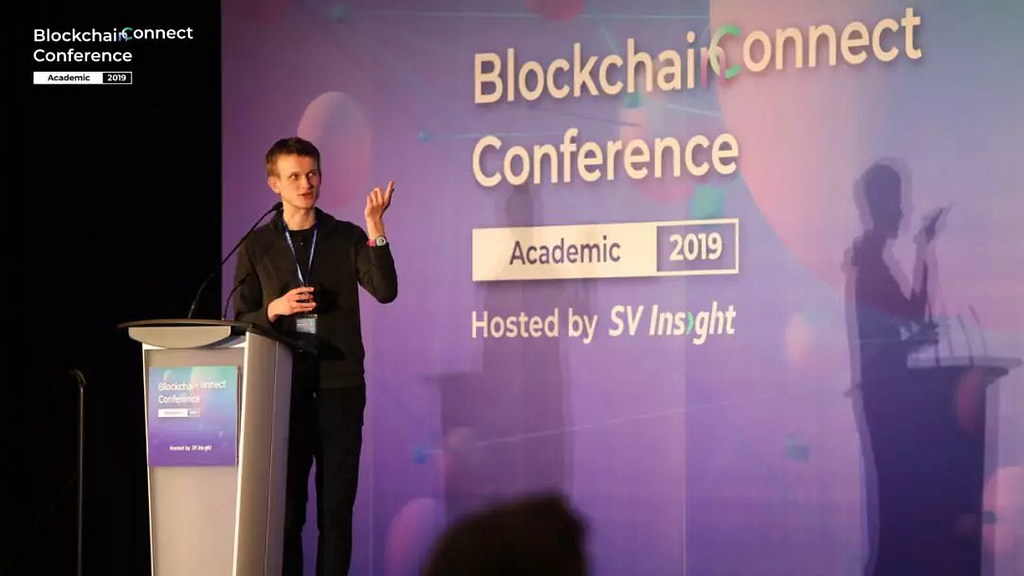
SV Insight co-founder Qin Bei talked about the development of SV Insight during his opening remarks. He shared about the 3 major business modules of the company: SV Insight Media, SV Insight Research, and Blockchain Connect Conference.
Nicole Ni, Director of SV Insight Research, released the latest results of the SV Insight Research, the 2018 Global Blockchain Academic Research And Trends Report (hereinafter referred to as the “Report”). The report was jointly released SV Insight Research, Ontology, U Network, and Chongdong Community. It covers analysis of the underlying technology of the blockchain and the combination of academic and industry. In 2018, the three key keywords of the underlying technology of the blockchain are Scalability, Storage, and Privacy & Security. These three topics have received much attention from the speeches of the guests.
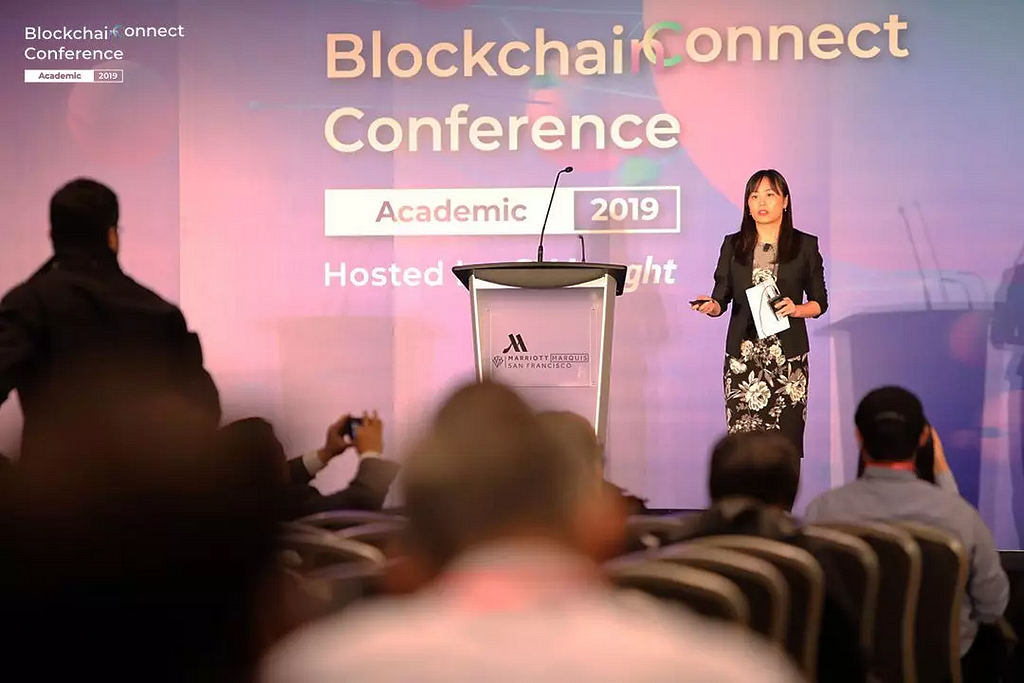
In 2019, how will the academic community work improve the development of the entire blockchain technology? How will the industry embrace the blockchain? We will reveal the details here.
Blockchain will protect your privacy and trust
“2019 will be a year about privacy”, said UC Berkeley CS Professor Dawn Song. Privacy is a hot topic not only for the general public but also in the blockchain space. Another hot topic is Scalability, however, scalability does not only mean higher TPS to support the transaction process but also means supporting more complex smart contract operations.
As the founder of Oasis Labs, Professor Dawn Song mentioned that Oasis Labs hopes to build a privacy-based cloud computing platform on blockchain. The platform has now allowed some smart contracts to run in isolated hardware called “secure enclave” that protects both privacy and large-scale computing. The smart contract will also train the machine learning model with the collected data.
“There is no unified trust in life. Ten thousands of small trusts are connected to build trust in society, and blockchain is the best connector.” Ontology founder and CEO Jun Li introduced the latest achievements of Ontology: Sharding. According to him, the ontology sharding design has been released, it supports network, transaction and state sharding, which will effectively solve one of the biggest challenges in the development of blockchain — scalability.
In the future, Ontology hopes to build a distributed trust collaboration platform, which provides complete development tools, and build a DApp active ecosystem, so as to continuously inject trust elements into the application scenarios of people, finances, things, and events, and achieve efficient and stable trust and cooperation.
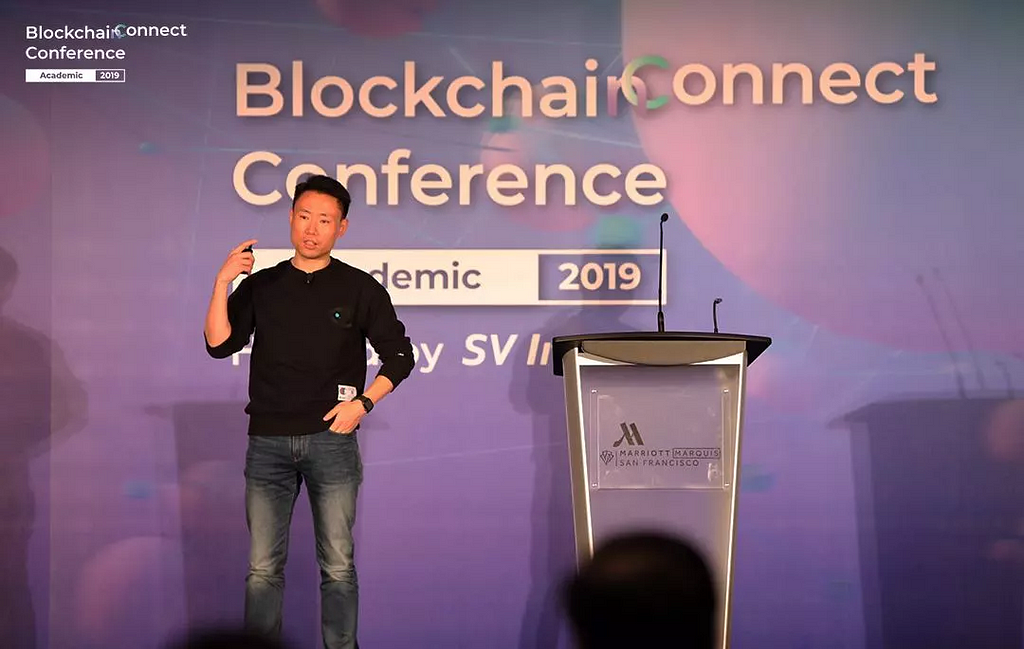
CertiK co-founder Daryl Hok starts with trust in our lives and talks about the trust of blockchain smart contracts. How can smart contracts be fully trusted? — — Through Math. Mathematics is a form of verification that is readable, transparent, sustainable and recognized throughout the world.
Today, Certik uses formal verification, a mathematical approach, to verify if vulnerabilities or errors exist. In addition to the blockchain domain, formal verification has long been used in other scenarios, such as NASA and defense.
Safe encryption, how is it done in academic world and in the industry?
Traditional Internet encryption is done through the Transport Layer Security (TLS) protocol. Is it effective in a decentralized environment?
Nucypher co-founder and CTO Micheal Egorov revealed in his speech “decentralized Internet and the need to go beyond public key encryption” that NuCypher uses proxy re-encryption (PRE) technology to ensure that developers can store, share and manage private data on public blockchains, in order to create a distributed encryption system platform.
Professor Berk Sunar from Worcester Polytechnic Institute discussed the combination of homomorphic encryption and blockchain. In his view, using homomorphic encryption technology, smart contracts can process ciphertext without knowing the real data, greatly improving privacy security. At present, large companies such as IBM, Microsoft, and Intel have made great efforts in the fully homomorphic encryption (FHE). Of course, Professor Sunar also pointed out the challenges that still exist in performance, bootstrap, and other aspects when using FHE.
Based on SV Insight Research’s Report, the Trusted Execution Environment (TEE) is one of the most important technologies for privacy and security, and it relies heavily on hardware vendors. Intel Lab’s chief engineer Mic Bowman’s speech further demonstrates this. In his view, TEE is tightly integrated with hardware, and blockchain technology can benefit to some extent, with substantial improvements in terms of confidentiality, efficiency, performance, and scalability.
Break “the impossible triangle”
One of the popular sayings in blockchain world is that there is an “impossible triangle”, that one cannot achieve Scalability, Decentralization, and Security at the same time. However, based on the proposals put forward by the participating scholars, and existing blockchain technology solutions in the industry, the “impossible triangle” has become increasingly “possible” than “impossible”.
In the introduction by Jing Chen, associate professor at Stony Brook University and Algorand’s chief scientist, Algorand uses Super-Fast Byzantine Agreement. Such a consensus protocol to verify blocks every few steps, resulting in very low latency. At the same time, multiple considerations such as decentralization, scalability, and security are achieved through designs such as encryption lottery mechanisms, rotating committees, and Pure ProSec (Pure PoS) protocols.
Professor Jing Chen said that for many current public chain projects, every aspect of the “impossible triangle” needs to be taken into account, but for some specific application scenarios, an angle will be chosen for optimization. Algorand also held its first offline meetup in San Francisco during the conference, and many developers discussed public chain and other related topics.
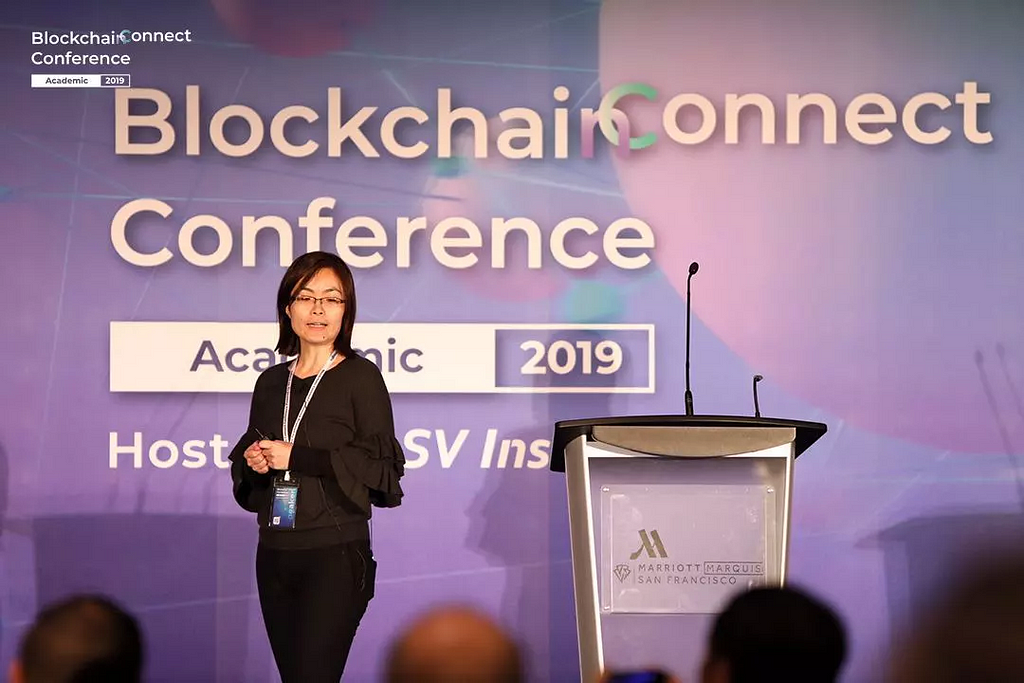
Another well-known academic, Elaine Shi, co-founder of Thunder Token and Cornell University professor, talked about the mathematical basis of the consensus mechanism in her speech and discussed the ideal agreement for large-scale consensus mechanism.

Another technology for scalability is off-chain scalability based on Layer 2. Texa Network co-founder TF Guo explained how Texa Network transforms the execution of smart contract from on-chain to off-chain and introduces trusted computing technology through Layer 2’s off-chain solution, to achieve smart contracts with high performance and better privacy.
Implementation of technology: Blockchain “WeChat payment”, invoice, social network…
As SV Insight Research Report analyzed, blockchain technology is most combined with the five industries of healthcare, energy, security, IoT, and finance. So what innovations do the technology giants have in the blockchain space?
“In China, a social app like WeChat has a built-in payment function which meets users’ expectations.” David Chaum, “the father of online anonymity”, mentioned WeChat’s payment + social function. However, do we need to build a social + transactions service platform on decentralized world? Of course yes, and that’s what Elixxir wants to build.
After Digicash, David Chaum launched another startup Elixxir. He admits that to achieve speed, privacy, scalability and security, Elixxir has 2 big innovations: first, in order to protect privacy, nodes in each block must work in teams; second, the public key of all transactions are pre-computed, and only the “hash function” is used in every real-time transaction. Today, Elixxir can transfer information in 3 seconds and complete transaction in 10 seconds. More than 100,000 transactions per second can be processed on a single chain. “When the technology matures, the highest transaction can reach a million per second.”
Head of Tencent Blockchain Aaron Cai introduced the attempt from Tencent to apply blockchain in the invoice. In August 2018, Tencent launched its first “blockchain invoice”, so consumers can track the reimbursement status of invoices in real time. Blockchain also helps to improve the process and efficiency of traditional invoices, in order to ultimately achieve paperless management. In December last year, electronic invoices based on blockchain technology were combined with WeChat payment to make the operation more convenient.
“The next major application areas will be financial infrastructure, identity certification, and supply chain.” Accenture Global Blockchain Research Director Justin Herzig introduced Accenture’s research progress in distributed ledgers in a commercial session. In his view, the existing distributed ledger technology is ready for the next phase of the product.
Besides gaming and finance, what other areas can blockchain be applied to? World Economic Forum (WEF) project lead of blockchain Ashley Lannquist, Senior Director of Blockchain Project Management at Oracle Mark Rakhmilevich, and SCRY.info co-founder Rya Chang had an interesting conversation. For example, SCRY.info is creating a social application based on the blockchain, Scry City.
How to maximize the value of the token economy? Content prediction and publishing platform U Network CEO, SV Insight co-founder Yi Lu, NKN co-founder Yilun Zhang, and CanonChain co-founder Sichao Yang held a discussion. They believed that the community should increase the efficiency of cooperation and the profits of common values under the common goal. Each topic or goal has a corresponding token representing its value that is used to maximize the value of the information it contains.
Investment trends: 2019, the bear market will continue
“After 2018, the blockchain bear market will continue in 2019.”
In the afternoon panel discussion of “2019 blockchain investment trend”, LDV Partners partner, Carnegie Mellon University visiting professor Lake Dai, Unbank Venture founder Brett Noyes, representatives from Deloitte, Technology Investment at Ant Financial, and other organizations expressed their different views in the discussion.
Lake Dai said that when the downturn is at its lowest point, it would be the perfect time for investors to invest. Historically, the second year of the Internet bubble burst (2001), many Internet companies have either gone through the big waves, or learned from their predecessors, and they would do well in the future. At that time, the investors who made timely investments in these Internet companies received high returns later on.
Peter Taylor, Audit Senior Manager of Deloitte, revealed that in 2019, the US SEC (Securities and Exchange Commission) will strictly control ICO and other blockchain-related activities in an effort to protect investors’ interests.
So, should investors continue to invest in cryptocurrencies in 2019? The guests said that the investment depends on the investor’ own ability. If the ability allows, the investor will still invest in outstanding cryptocurrency projects.
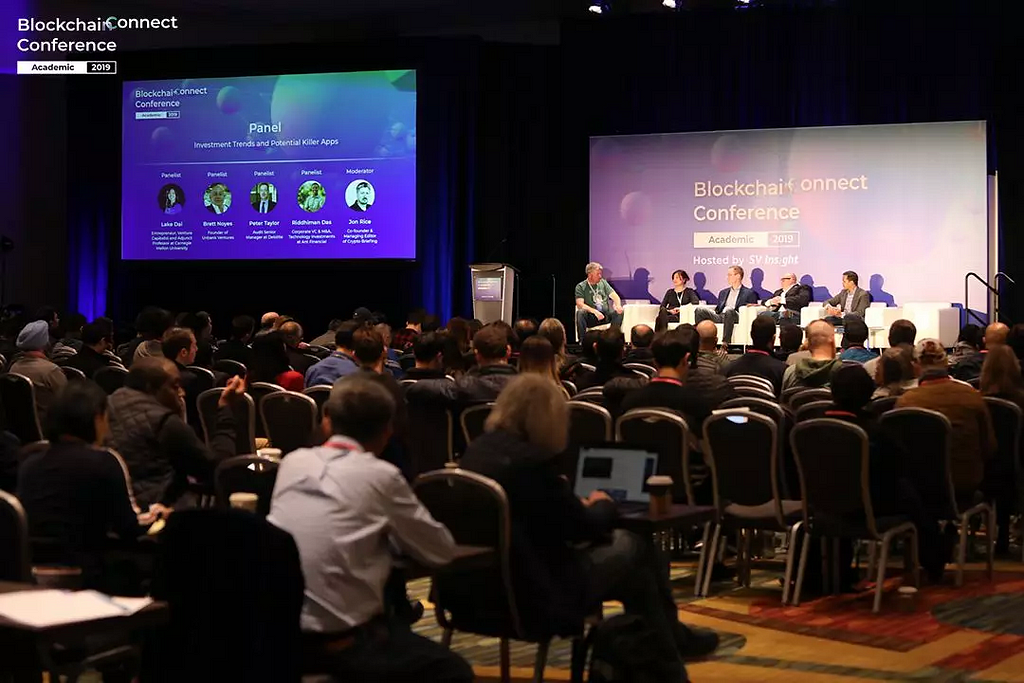
In the afternoon, the conference held award ceremony for outstanding papers. These papers were chosen by SV Insight Research from the world’s top journals and conferences (such as IEEE, ACM, Springer, etc.) as data sources, as well as papers submitted by academics, and then selected according to the journal’s influence factor ranking, number of paper citations and other indicators.
Professors and researchers from well-known universities such as the California Institute of Technology, University of Washington, St. Louis, and the University of North Carolina presented on their award-winning papers. These papers cover topics from the social network, the combination with industries such as the food safety industry, as well as technical aspects such as private security and smart contract applications.
In addition to the awards, roadshows and demonstrations were carried out at the conference by blockchain projects such as blockchain media Dbit, blockchain all-media platform promotion solution provider NOC Venture, etc.
Ethereum 2.0: Casper will launch its testnet this year
The most anticipated part of the conference is definitely the closing speech by the founder of Ethereum Vitalik Buterin. How will Ethereum continue to develop? Vitalik highlighted CBC Casper and Ethereum 2.0 at the conference.
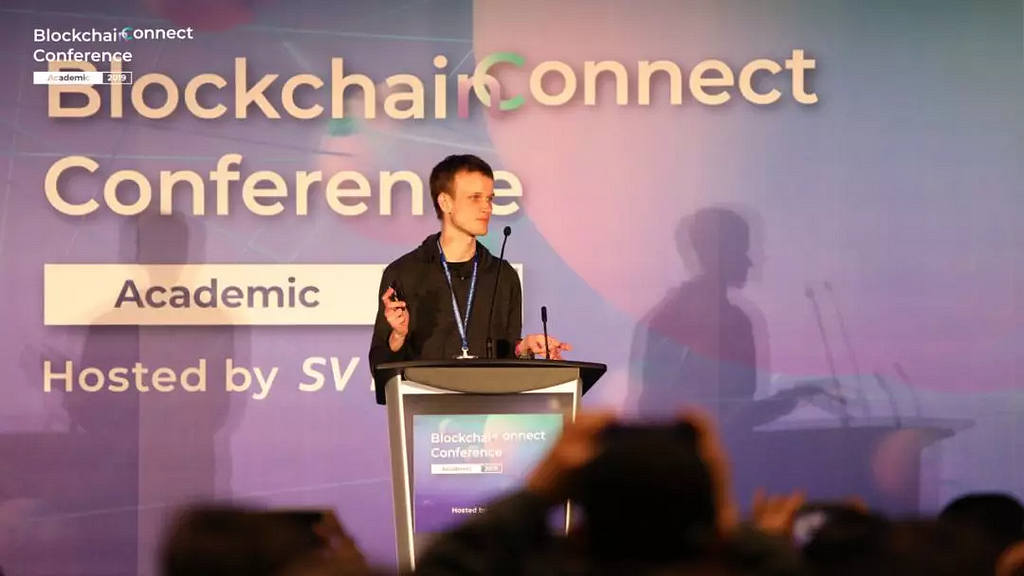
Vitalik explained the basics of CBC Casper: CBC Casper (correct-by-construction Casper) is a new safe asynchronous Byzantine fault-tolerant consensus, mainly proposed by Ethereum team researcher Vlad Zamfir. Casper is a verification system. In order to join the system, the certifier needs to take a certain percentage of the Ethereum they have as a safety margin. If the verifier acts maliciously to reverse the block, then the evidence can be submitted to confiscate the verifier’s margin, making the cost of the crime very expensive.
Casper emphasizes finality. This means the canonical chain (that is, the chain that users should pay attention to) is no longer selected using the longest chain rule, but LMD GHOST (Latest Message Driven GHOST), which is modified based on the GHOST consensus algorithm.
Compared to the existing FFG version (Vitalik’s version of Casper), Vitalik admits that CBC Casper will be more elegant. It can be used for any POS, at the same time it will effectively improve scalability and be deployed faster in Ethereum.
In the Q&A session, when asked about the specific implementation plan of Casper, Vitalik officially revealed that if the development team works well, the testnet will be launched this year.
Around the development of Ethereum 2.0, Vitalik shared his vision. Vitalik believes that thanks to the Beacon Chain, Ethereum 2.0 will be able to manage the PoS Protocol (Casper) and achieve sharding functions.
Key Takeaways from Blockchain Connect Conference: Academic 2019 was originally published in Hacker Noon on Medium, where people are continuing the conversation by highlighting and responding to this story.
Disclaimer
The views and opinions expressed in this article are solely those of the authors and do not reflect the views of Bitcoin Insider. Every investment and trading move involves risk - this is especially true for cryptocurrencies given their volatility. We strongly advise our readers to conduct their own research when making a decision.
